Mad Science Features

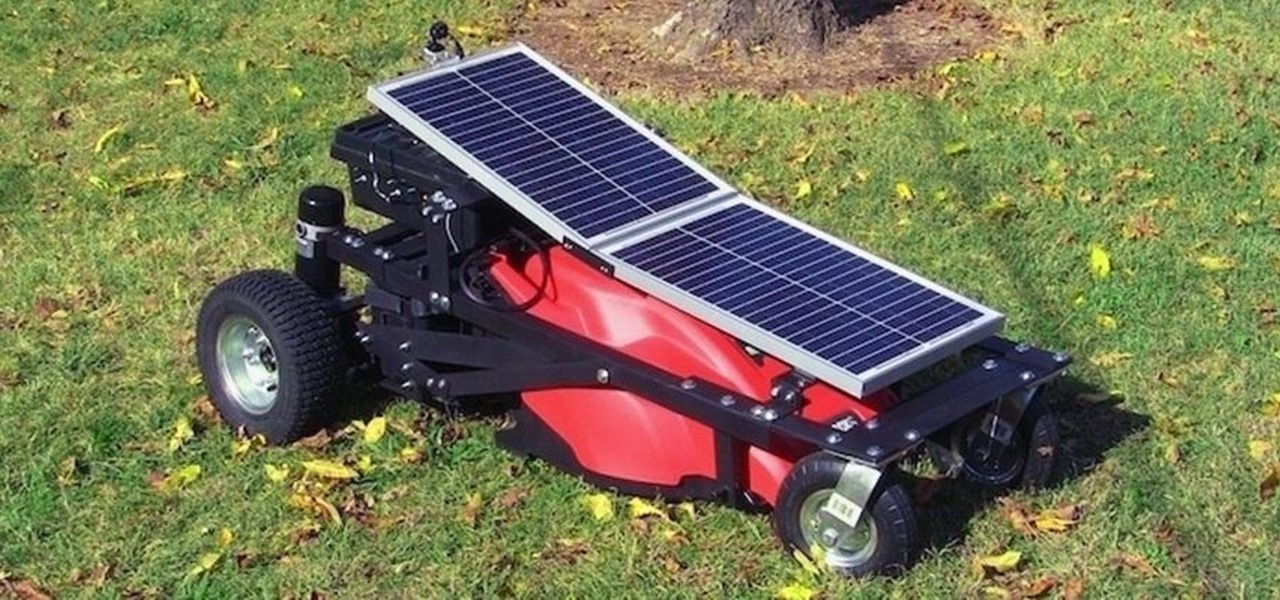
How To: DIY Solar-Powered, RC Lawn Mower: Cut Your Grass Without Ever Leaving the Couch!
One of the most annoying things about summer is mowing the lawn. Depending on how big your yard is, it can mean spending hours out in the hot sun while you could be doing something a lot more fun like watching the Olympics or making giant soap bubbles. Reclaim your summer with this remote control lawn mower that does all the hard work for you.
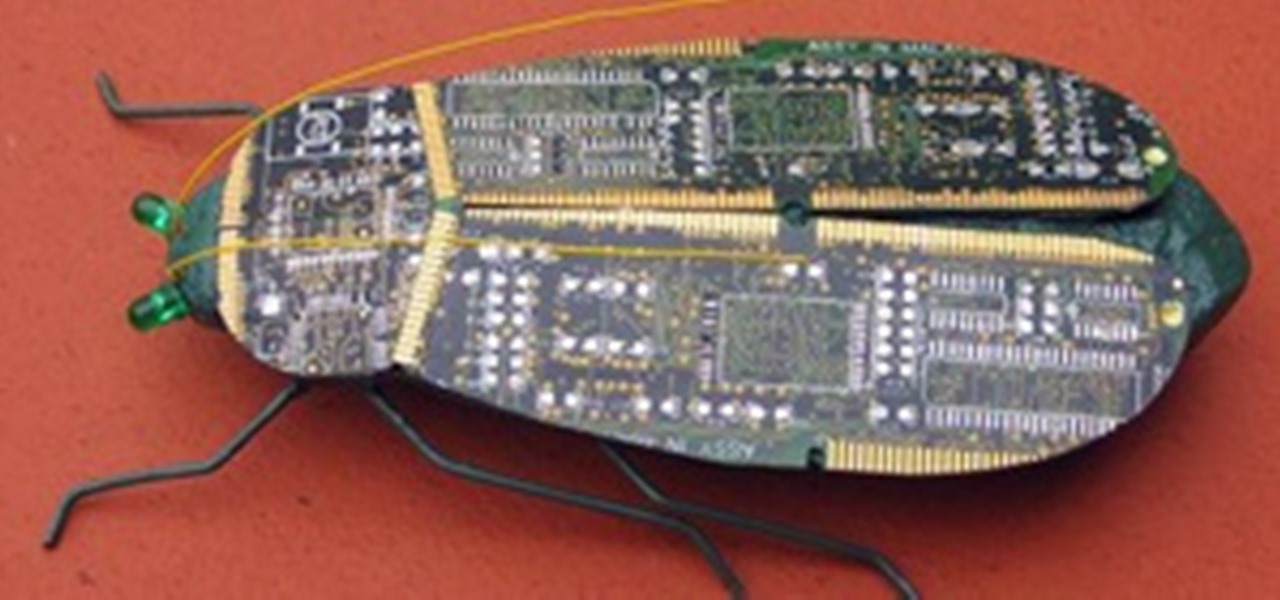
Make a Physical Computer Virus: Plant a Parasite to Prank Your Peeps
Computer viruses are terrifying. They are undetectable, dangerous, and operate constantly right under your nose. For the average computer user, there are only a few repair options. You could buy expensive antivirus software that causes more problems than it fixes, you can wipe your hard drive clean and lose all of your important data, or if all else fails—just switch to Linux.

Elementary Sputnik Satellites: How to Make Trash Bag Hot Air Balloons
Sputnik was the very first man-made object to be sent into space. Though it was a truly epic accomplishment, all this Soviet sky surfer actually did was transmit a constant beeping noise back to the surface.

How To: Shoot Fire from a Water Bottle Using Rubbing Alcohol and a Match
You've made a bottle rocket (or ten) and a sparkler bomb, and now you want to put those empty plastic bottles to a new pyromaniacal use. With a little rubbing alcohol and a match, this video by io9's Esther Inglis-Arkell will show you how to make your own homemade rocket booster in a bottle.
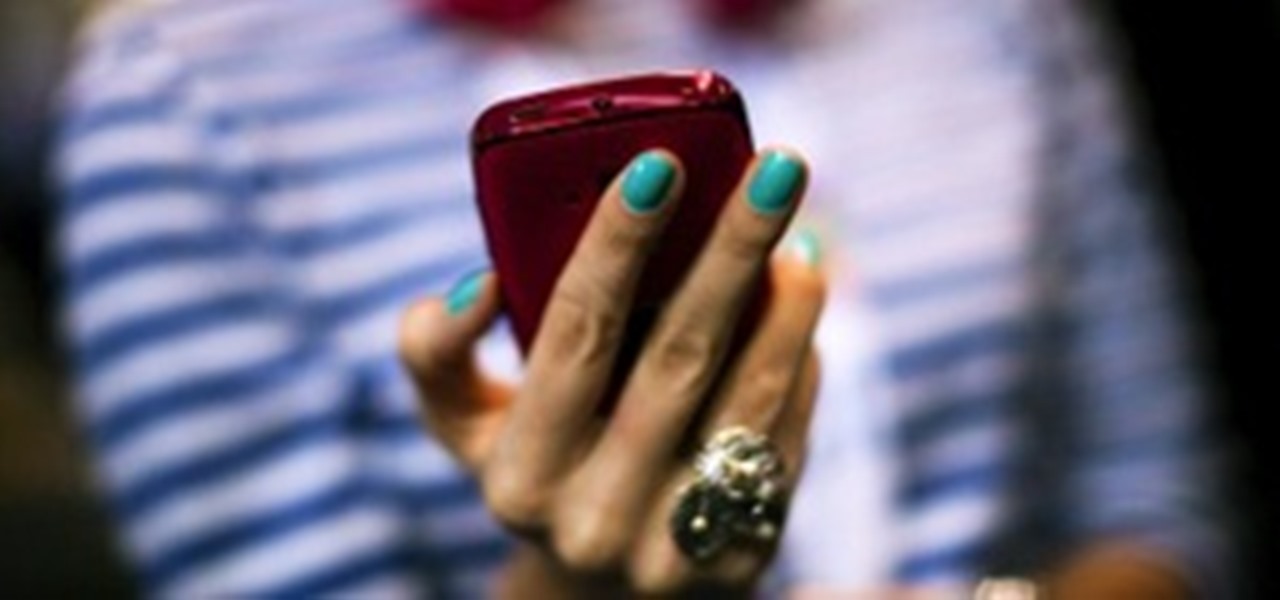
How To: Trigger Anything from Anywhere with Just a Phone Call
Smartphones are crazy awesome. You can do your banking, track your children, find directions, and even pretend to have a mustache. The only thing that these personal supercomputers are missing is physical interaction with the environment.

How To: Are Your Gadgets Safe from Solar Storms and Nuclear Attacks?
It's September 1st, 1859, and the Earth looks more or less like something out of an apocalyptic movie or Sci-Fi novel. All communications have failed, it's so bright outside at midnight that people are getting up and making breakfast, and people all over the world are seeing auroras. The solar storm that produced the electromagnetic pulse and caused all this mayhem is known as the Carrington Event, and storms like it happen about about once every century.

How To: Melt Metal with a Modified Microwave Oven Transformer
In a previous project, I showed how to build an electrical Jacob's ladder using an old microwave oven transformer (MOT). In this project, I modified the secondary coil on the MOT, which converts it from a high voltage/low current device into a low voltage/high current metal melter!
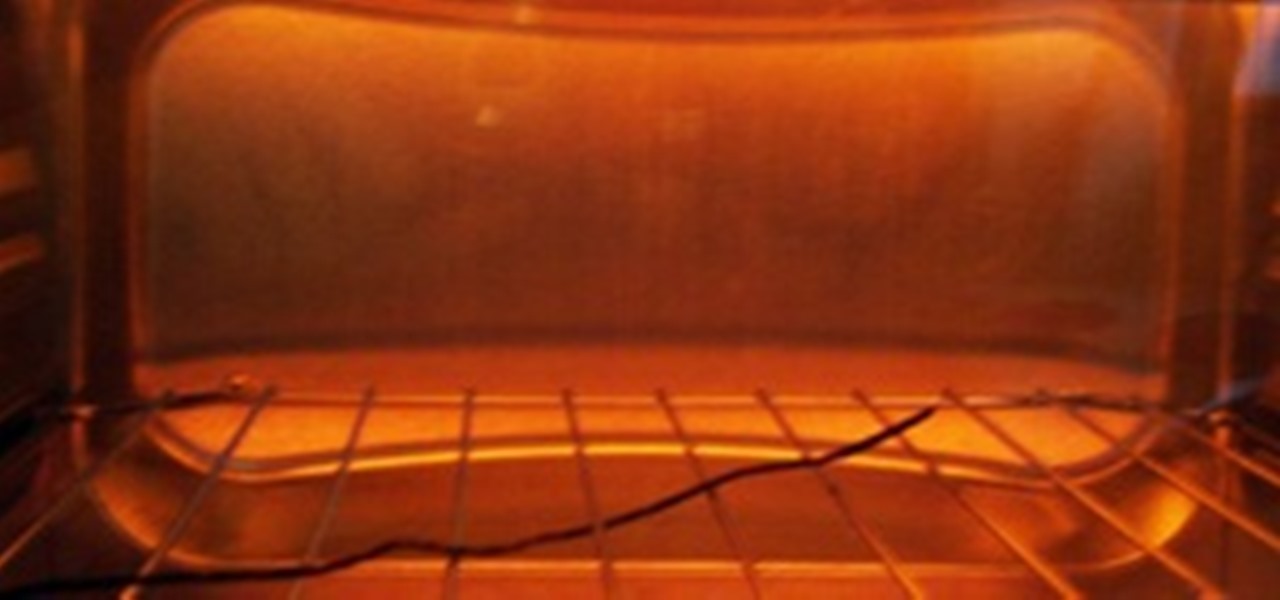
DIY Lab Equipment: Build Your Own Reflow Oven Out of a Toaster for Precision Temperature Soldering
Ever wonder how all of those tiny chips and components can fit inside your laptop or smartphone? If you tried to squeeze them in there yourself, your laptop would quickly become too heavy for your lap, and your mobile phone would need wheels to stay mobile.
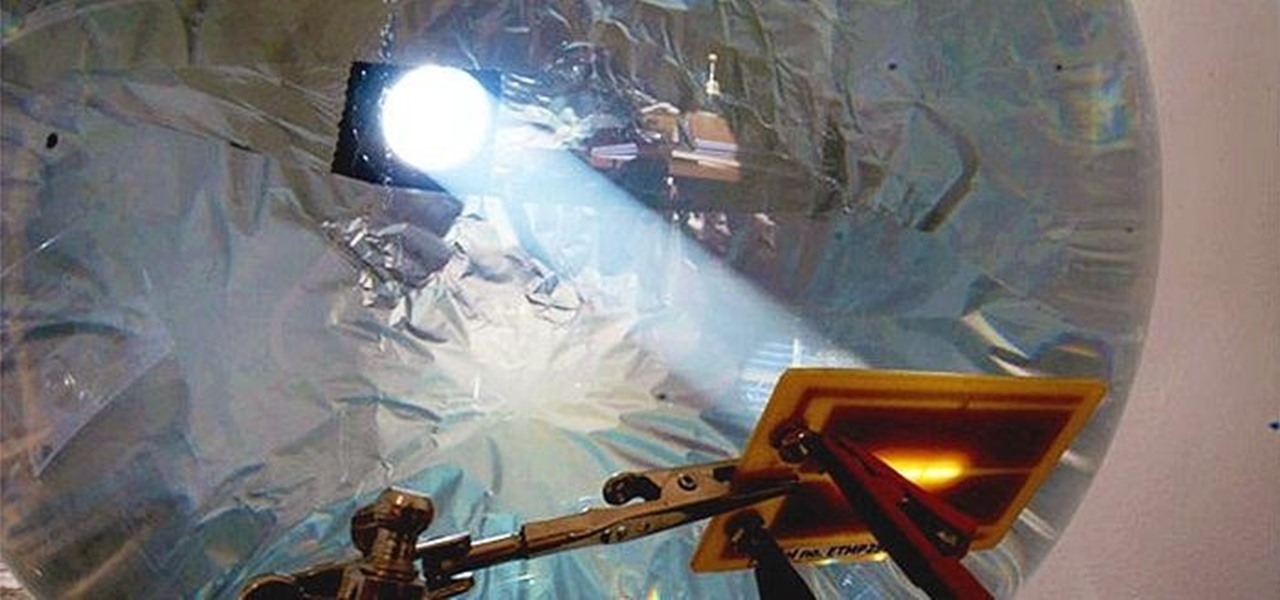
News: This Giant Glass Globe Turns Moon and Sunlight into Power—Possibly Even Solar Death Rays!
André Broessel of rawlemon has developed a solar energy generator that can use both sun and moonlight to create usable power. Oh... and it's gorgeous. The device is essentially a huge glass sphere filled with water that uses a ball lens to refract light in a way that increases energy efficiency by 35 percent. It's completely weatherproof and has an optical tracking device, meaning that it can be incorporated into architecture. Here's a concept design of how it could be used to power buildings...
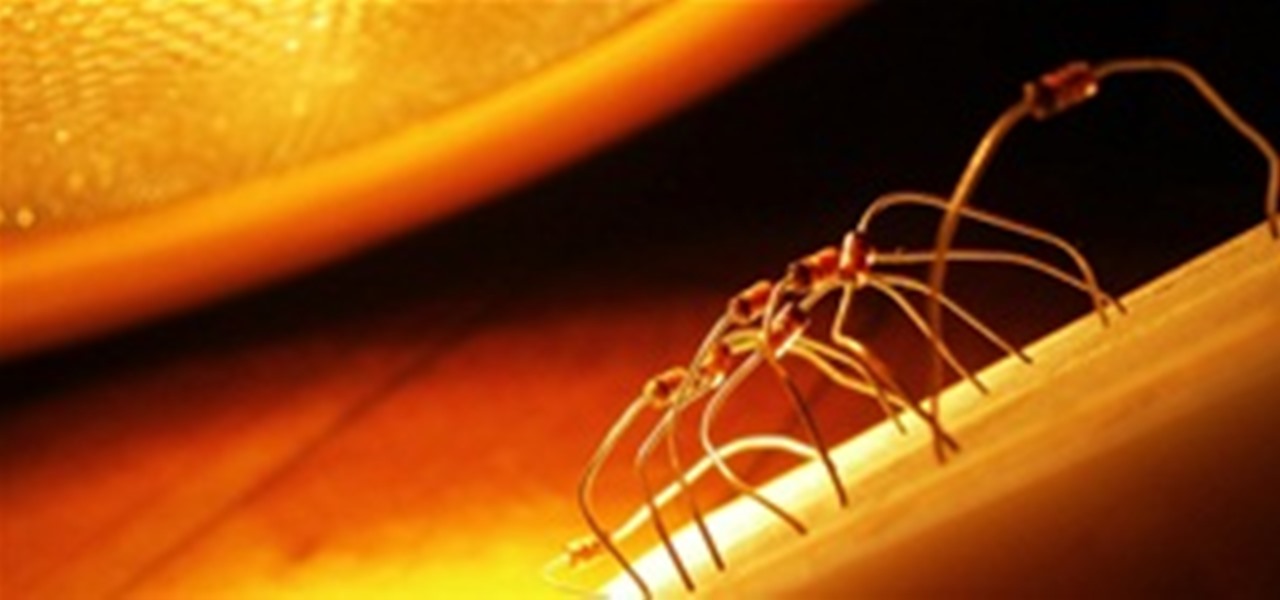
DIY Solar Power: Make Your Own Diode-Based Solar Panels and Capture the Sun's Energy!
Solar panels are an amazing invention. Catching energy from the Sun before it even enters Earth's food chain, photovoltaics are like an all-natural nuclear power plant. Unfortunately, the constituted parts of a solar panel are rare, valuable, and subject to the coercive forces of market competition.

Dragon Safari: The Incredible Metamorphosis from Nymph to Dragonfly
Last time we took a look at some of the creatures of the pond, including the dragonfly nymph. Today, we examine the all-grown-up dragonflies in the field you are used to seeing on summer days! Dragonflies are not dangerous, but the extra large ones can bite you something fierce if you handle them wrong.

Create Tomorrow's Fuel Today: Split Hydrogen and Oxygen from Water with Pencils and a Battery
Science-fiction writer Jules Verne predicted many scientific breakthroughs, including the moon landing, tasers, and nuclear submarines. In his 1874 book The Mysterious Island, Verne writes:
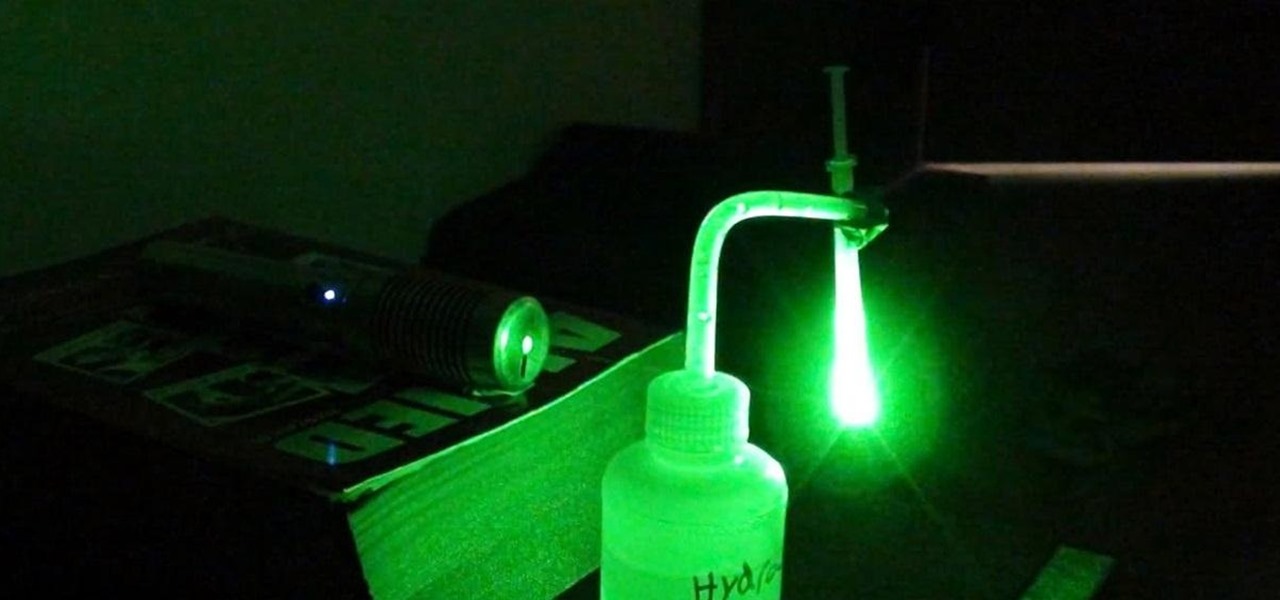
How To: Build Your Own Projection Microscope with a Syringe, Laser Pointer, and Drop of Water
Have you ever wondered what sort of microscopic critters are floating around in your water? Well, you can find out with just a few bucks worth of materials and a laser pointer. Really. That's all it takes to build your very own homemade laser projection microscope, aka a water drop projector.

Force Lightning: How to Make a Shocking Cookie Jar Any Sith Lord Would Be Proud Of
There is nothing more annoying than a greedy roommate. It's absolutely infuriating to wake up and find the cookies your mother just made for you gone without a trace. Your favorite drink is empty and the homemade meal you worked so hard on the night before is nowhere to be found. This irked me so much that I made this shocking cookie jar. When a cookie burglar touches the side and the lid of the jar simultaneously, a small electric shock stops them in their tracks.
A New Breed of Invertebrate: Half-Rat, Half-Silicone Cyborg Jellyfish
A team of scientists might have just put Jellyfish Art out of business with their new cyborg jellyfish. By arranging the heart cells of a normal rat on a piece of silicone, they've successfully created their own Franken-jellies. When in salt water with a fluctuating electrical field, the rat's heart muscles on the rubbery silicone contract the lobes downward and back up, which mimics the pulsing movement of a young moon jellyfish swimming.
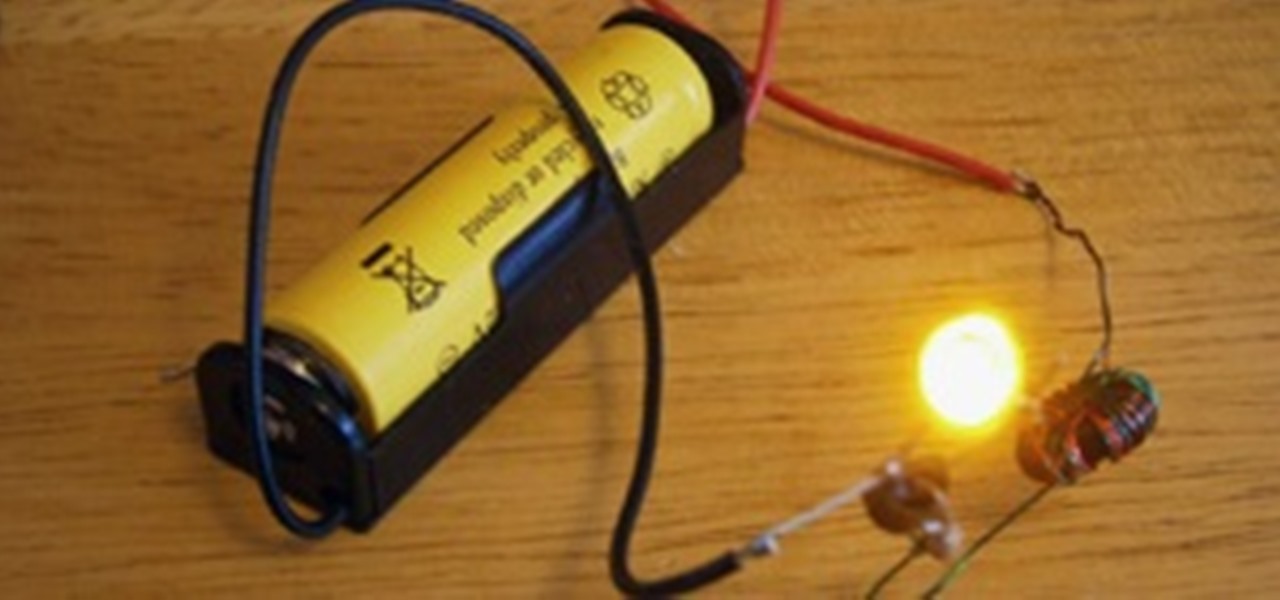
How To: Make a "Joule Thief" and Create Zombie Batteries for More Power After Death
Just about every household gadget we own runs on 1.5 volt batteries of one size or another. Wouldn't it be great if you could reuse all of those dead AA, AAA, and D batteries after they've passed on? It turns out you can make a simple circuit called a "Joule Thief" to reanimate the undead flesh of your deceased batteries and create a zombie battery.
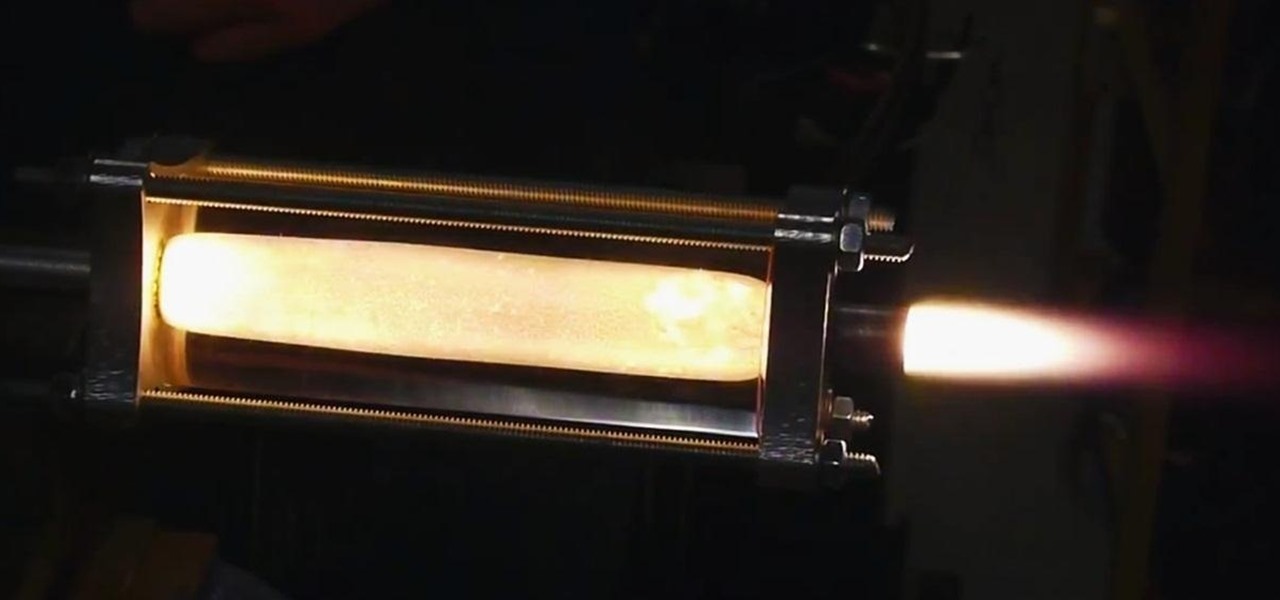
How To: See-Through DIY Rocket Engine Lets You Watch Fuel Combustion in Action
Ever wondered what the inside of a burning rocket looks like? Well, thanks to Valve engineer Ben Krasnow, now we know. He built a homemade hybrid rocket engine that's see-through so you can actually watch how it works. And even though it's probably a really bad idea to try this at home, he made a video so you can build one, too. Just don't say I didn't warn you.

How To: Make a Mega Dangerous PIE-Rotechnic Thanksgiving Dessert
Why can't Thanksgiving be a celebration of fireworks, too? This year, it can be with an innocent looking pumpkin pie that erupts an insane fountain of flames and fire! In fact, the pie filling is actually a flammable mixture of sugar and potassium nitrate, which was made using the same process as my DIY smoke flares with fuses.
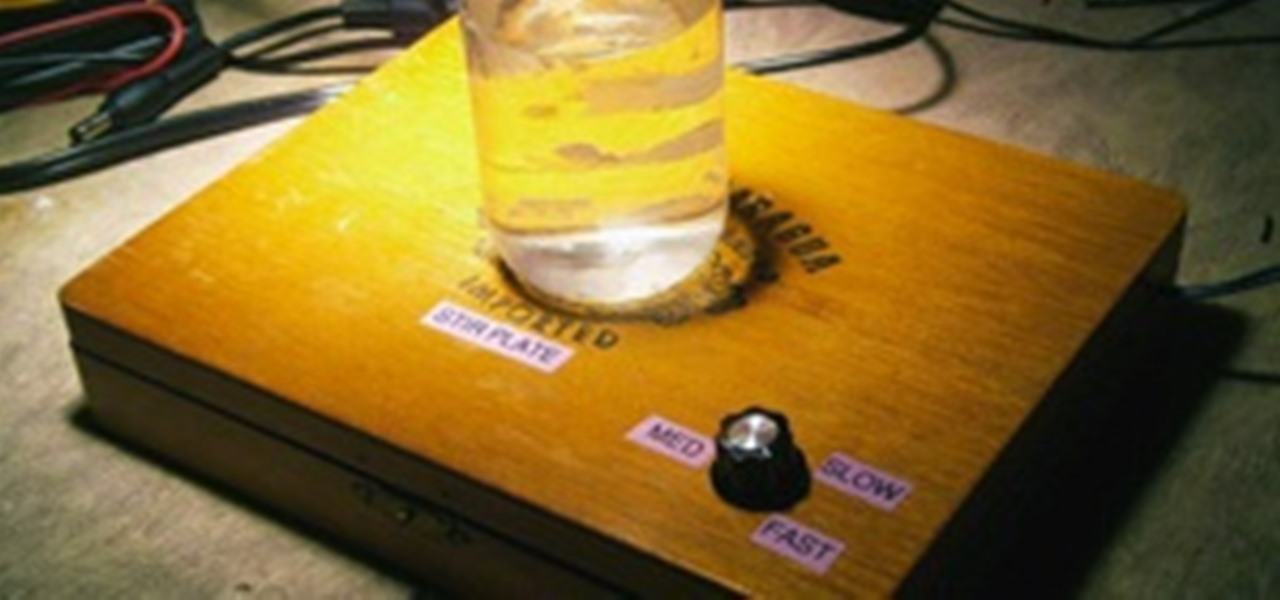
DIY Lab Equipment: Make a Magnetically Controlled Cigar Box Stir Plate
If you've ever been inside of a real laboratory, you probably noticed how expensive the equipment is. You'd never be able to afford even just one of those ultra high-tech machines required to splice genes or split atoms. Even the lesser machines can be prohibitively costly, including a stir plate.

How To: Make Your Very Own Blinding Sunbeam with a Lithium AA Battery
Taking apart batteries is one of those things that every adult you've ever known has warned you against. Today, we break the taboo and dive into a lithium battery. Lithium has some pretty cool properties—it burns instantly in water and glows blindly bright under flame. And with just one AA battery, you can make a blinding light beam inspiring supernatural awe in all dictatorial adults who doubted you.
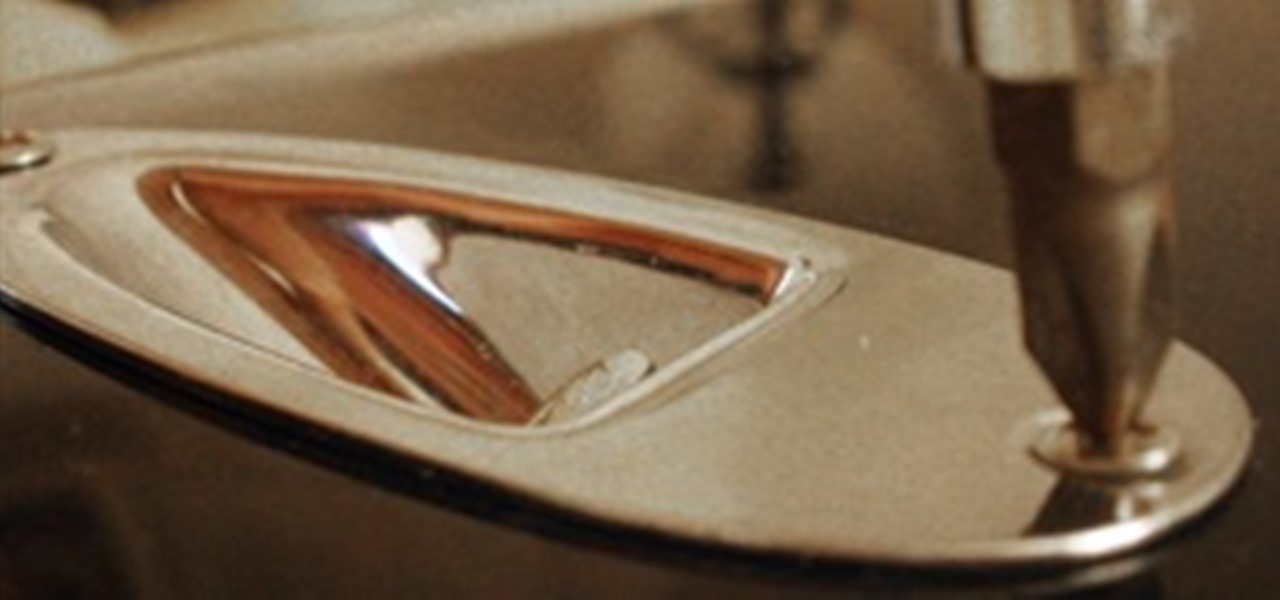
How To: Noob-Proof Your Electric Guitar with This Undetectable Magnetic Jack Lock
The guitar is a double-edged sword. I've played all my life, and though I love the act of guitar playing, there are quite a few people I could live with never hearing play again—ever.

Science Gives You Super Powers: How to Shoot Fireballs from Your Hands
Everyone dreams of having super powers. Flying, invisibility, and x-ray vision are popular, but my favorite is fire power! I've always wanted to be Wheeler from the Captain Planet kids show, and now I can with these handheld fireballs of awesomeness. The fireballs burn at a low temperature, so they are safe to hold in your hand and throw (shoot) at imaginary enemies.
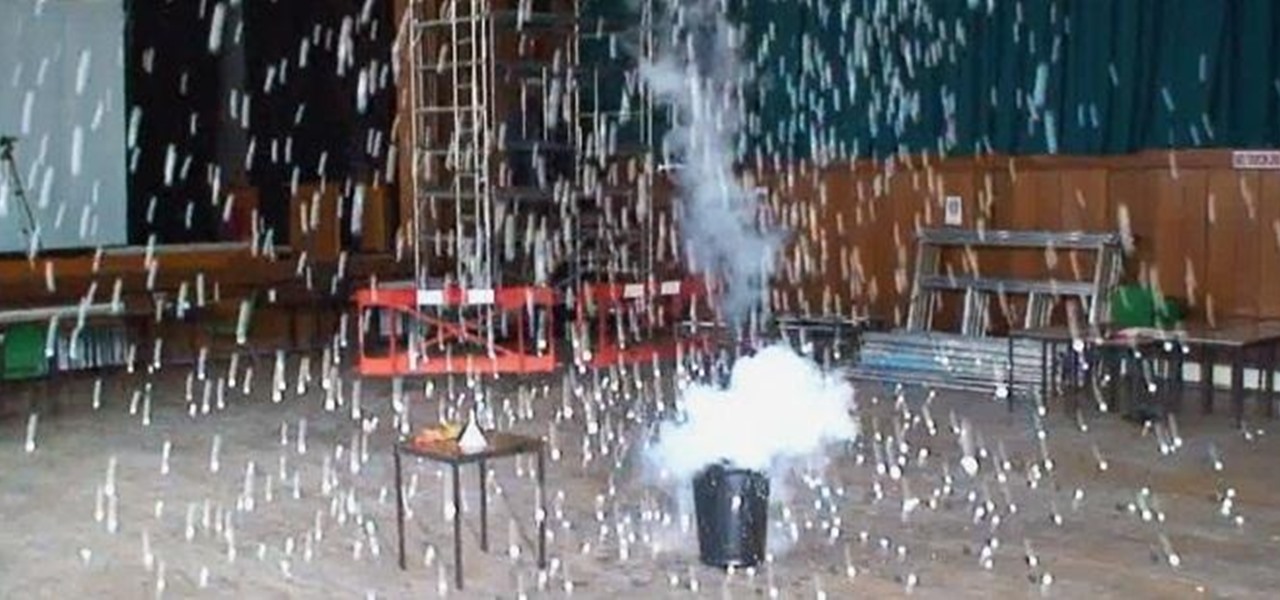
How To: Launch 1,500 Ping Pong Balls into the Air with a Homemade Liquid Nitrogen Bomb
You can do a lot with liquid nitrogen, including freeze and shatter gummy bears, make homemade Dippin' Dots, and scare the crap out of your friends by dipping your hand in it! If you can't get your hands on any, you can even make it yourself. Or, if you want to try something a little more destructive, you can use it to make an explosion and send 1,500 ping pong balls flying.
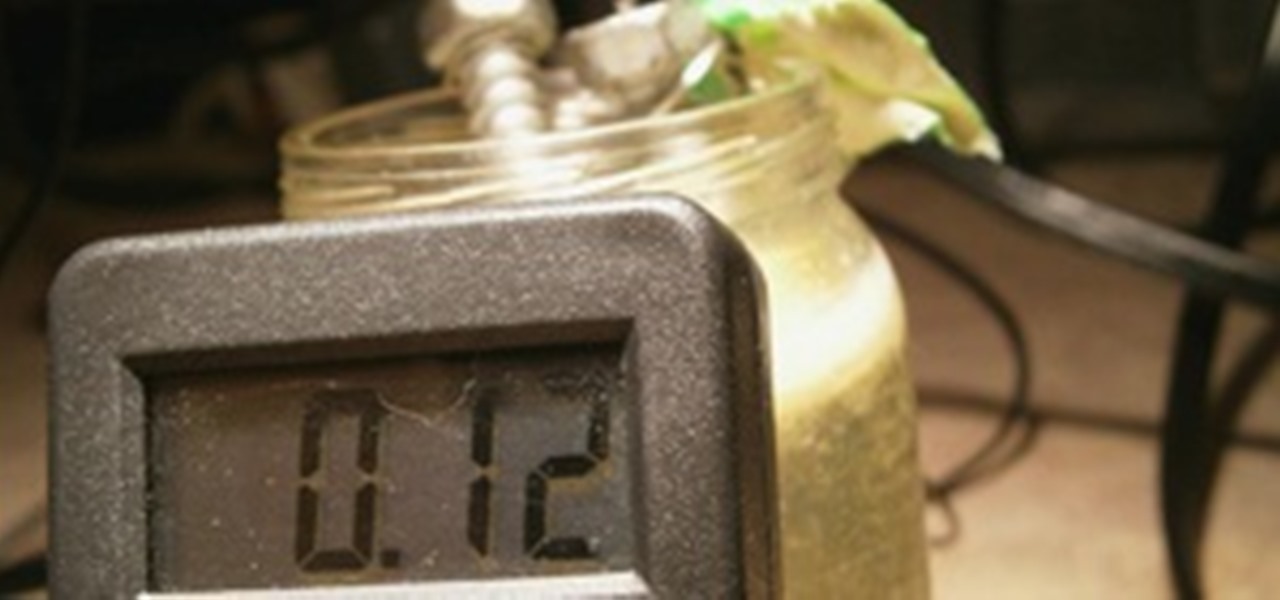
DIY Hydrogen Fuel Cell: How to Create the Fuel of the Future at Home
As some of you Mad Science readers will remember, we recently covered the separation of water into hydrogen and oxygen using electrolysis. Passing a current through water can rend it apart, but we can also recombine that oxygen and hydrogen to make electricity! This is the principle behind those vehicles run by hydrogen fuel cell engines.
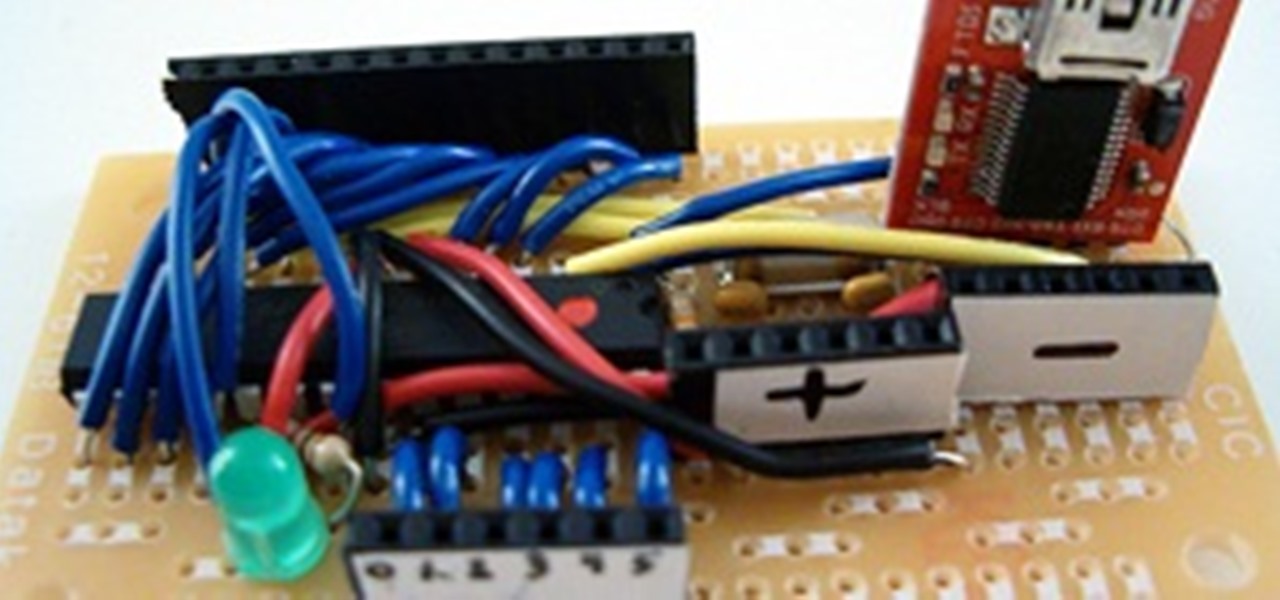
How To: Design Your Own Custom Arduino Board Microcontroller
Microcontrollers are great. You can do anything from water your garden to catch wildlife trash diggers in the act—and on the cheap. I prefer to use the Arduino microcontroller because of the large and helpful community built around the website. Though it is my favorite, there are some drawbacks to using an Arduino board in every project. It gets expensive, the board can take up too much space, and the rat's nest of breadboard wires are a pain to repair.

How To: DIY Flanagan Neurophone Lets You 'Hear' Sounds Through Your Skin
In 1958, Patrick Flanagan invented the Neurophone, a device patented in 1962 that allows radio signals to be picked up by the human nervous system. The skin is the organ that receives the signal, converting it into a modulated molecular vibration, which the brain interprets into sound. Basically, it gives one the ability to 'hear' through the skin, making it sound like the audio you're hearing is actually in your head. It's kind of like having headphones in your brain. The only problem was th...

Robot Basics: Using an H Bridge to Move Your Bot Backwards
I love robots. They have the potential to evolve into Asimovian destroyers of the human species, but have only just mastered the art of cleaning my rug. They have an ever increasing cool factor and a growing number of cheap and simple components that let the hobby roboticist reach for the burning miasmas of plasma. But to get to the stars, we need to start with the basics.
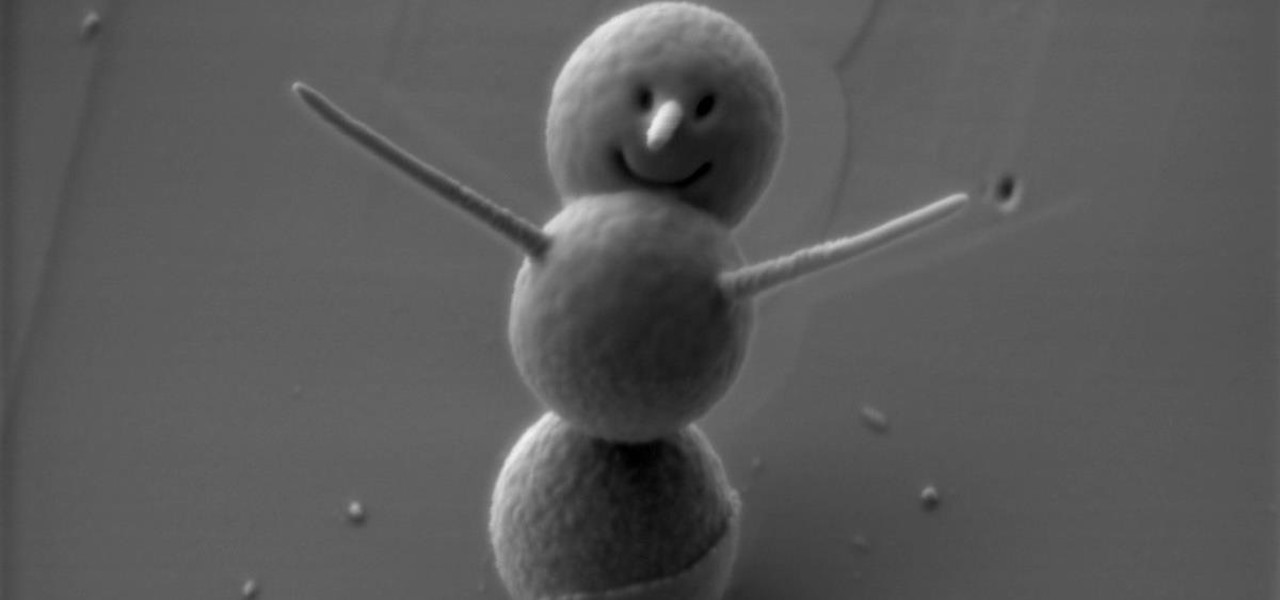
News: Scientists Create World's Smallest Snowman—He's Just 0.00012 Inches Tall
Frosty the Snowman is a fairy tale they say, but this microscopic snowman is very real and just broke the record for the world's smallest snowman. (Though, it's not Guinness-official yet.)
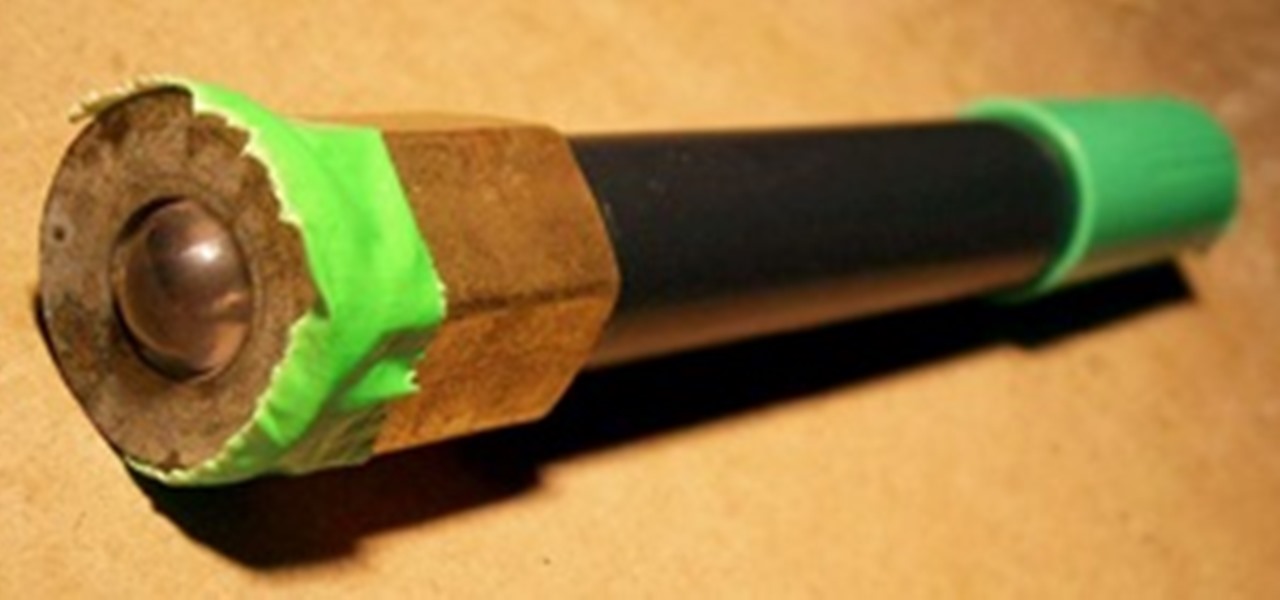
How To: Remote Control Anything with a DIY Sonic Screwdriver and Light Sensors
Fans of Doctor Who know that the sonic screwdriver is the ultimate tool. It can unlock doors, turn on lights, detect life forms, solder wires, and sabotage weapons.

The Art of 3D Printing: Turning Cool Ideas into Physical Three-Dimensional Models
Three-dimensional printing is one of the many wonders of modern technology. It's the first step towards real life Star Trek replicators and Timeline-esque teleportation chambers. While we aren't at the level of reconstructing strands of DNA, it's already possible to make tons of fun and useful designs on a 3D printer.

How To: Light Up the Night Sky with Your Own Burning 'Cincinnati Fire Kite' That Flies by Itself
Not many people fly kites anymore. Most of us don't have the patience or attention span because, let's face it, we're used to smartphones and other gadgets that have games and apps galore to entertain us. Heck, you can even fly a kite on them if you really want.

How To: Make Super Fizzy Carbonated Beverages at Home with Dry Ice
Want to make your own soda or maybe just bring a dull one back to life? Homemade sodas don't always live up to the store bought ones because they can taste flat by comparison. This quick and easy method makes super fizzy drinks with only four ingredients. Because putting dry ice in a sealed bottle would effectively turn it into a bomb, you'll need to make a safety valve for the bottle.

How To: Create Practically Anything, Part 1: Fritzing Circuit Boards
Making your own circuit boards can be a daunting challenge. You have to design a schematic, test it on a breadboard, design the board layout, and then after all of that, you still have to print and etch a board!
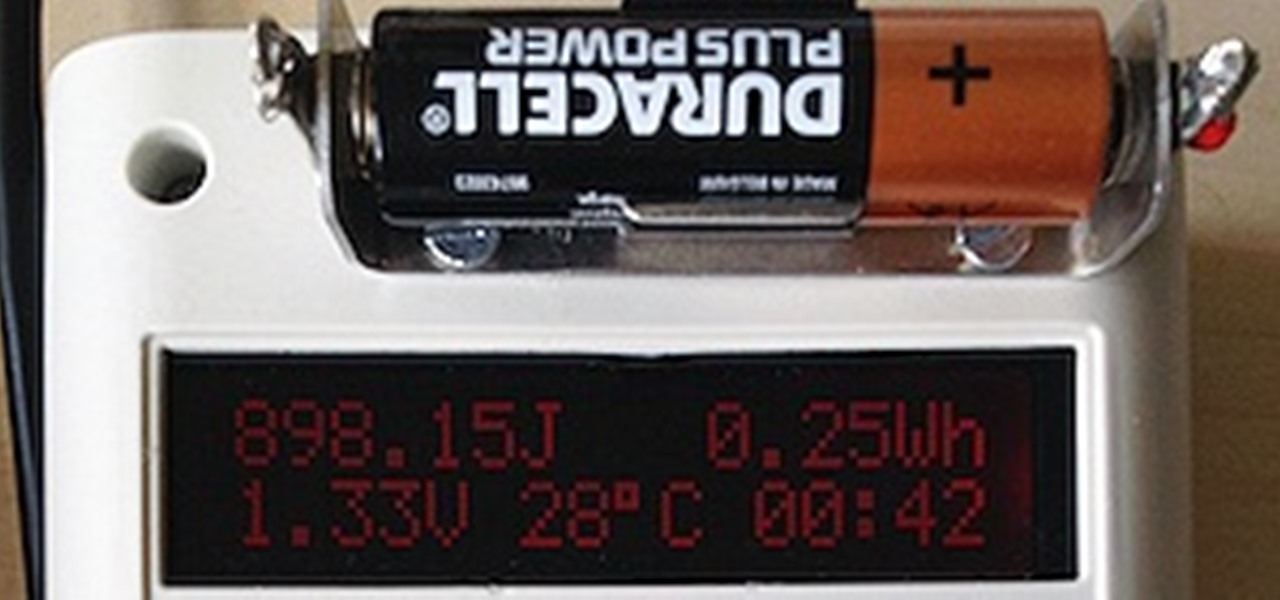
News: DIY Arduino Battery Tester Reveals the Secret Capacity of Disposable Batteries
Your favorite device is running low on juice and needs a couple new AA batteries—and with a quickness. You run to the store and grab the first pack of AAs you see. But should you? There's tons of options available, so which make and model gives you the most power per dollar?
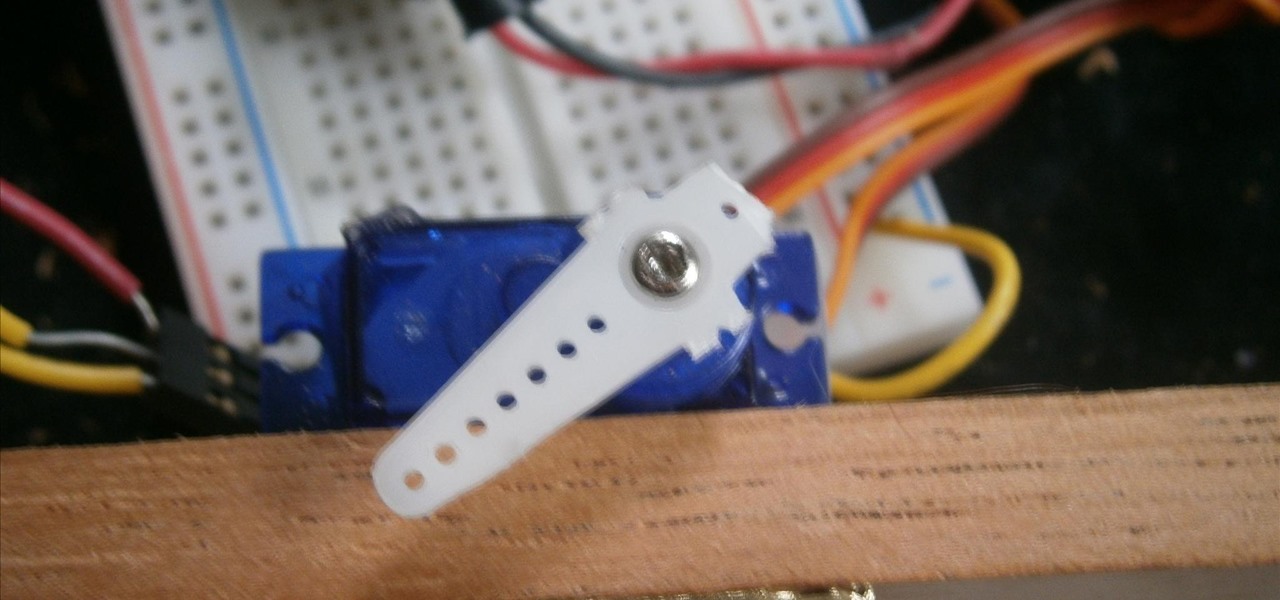
How To: Forget Keys—Use a Secret Knock to Open Your Locked Boxes
There is something special about a secret knock. It gets you into secret super villain meetings and is a surefire way to test for rotating bookcase passages. Secret knocks usually work with an intimidating drug lord and for policeman listening at the door for the correct pattern of raps.
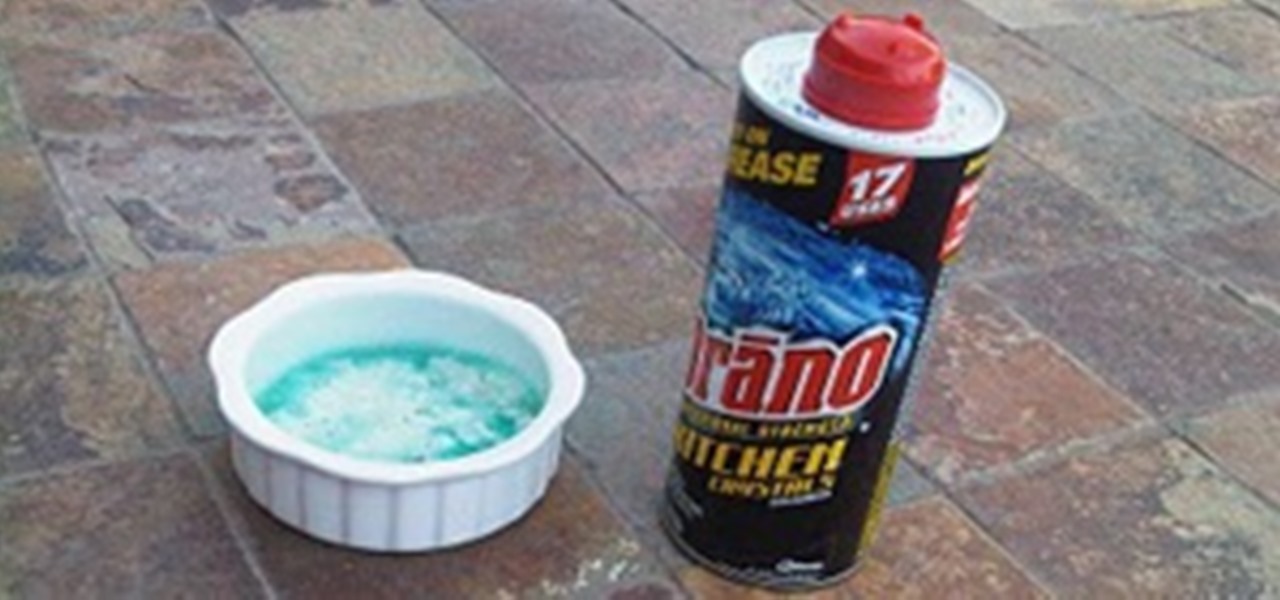
DIY Scientists Beware: When NOT to Use Household Chemicals for Your Projects
The only thing better than successfully pulling off a new experiment is doing it with household materials. You get to laugh in conceit as professional scientists everywhere spend all their grant money on the same project you just accomplished with some under-the-sink chemicals! However, there are times when DIY gets dangerous. Some household chemicals are not pure enough to use and some are just pure dangerous. Let's take a look at two problems I have encountered in the course of mad sciencing.
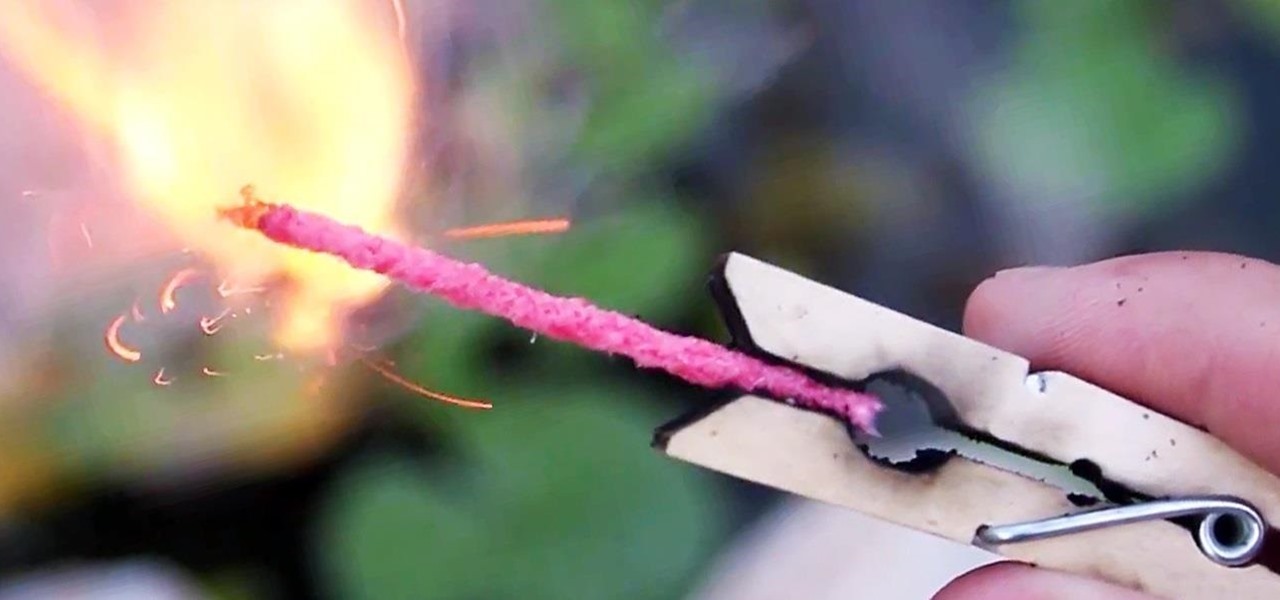
Improvised Handheld Fireworks: How to Make Homemade Sparklers
The big fireworks day is almost here, but most of you are limited in what you can do when it comes to celebrating the Fourth of July with a bang. Unless you live in a dry area prone to wildfires, one type of fireworks you can probably still legally buy are sparklers.

How To: Prank Your Friends with Radioactive-Looking Mutant Plants That Glow Under Black Light
House plants are a refreshing reminder of the rich biosphere teaming with life just outside of our hermetically sealed human dens. They calm us and clean our air. But what would you do if you came across a glowing green flower on your dinner table? I would be startled, but not shaken.

News: This Thermal Lance Fueled by Bacon (Yes, Bacon) Can Cut Right Through a Steel Pan
You knew that the food you eat gives you energy, but did you know it can actually power a thermal lance with enough heat to burn through steel? A thermal lance, as in, the tool used to demolish buildings and bridges.
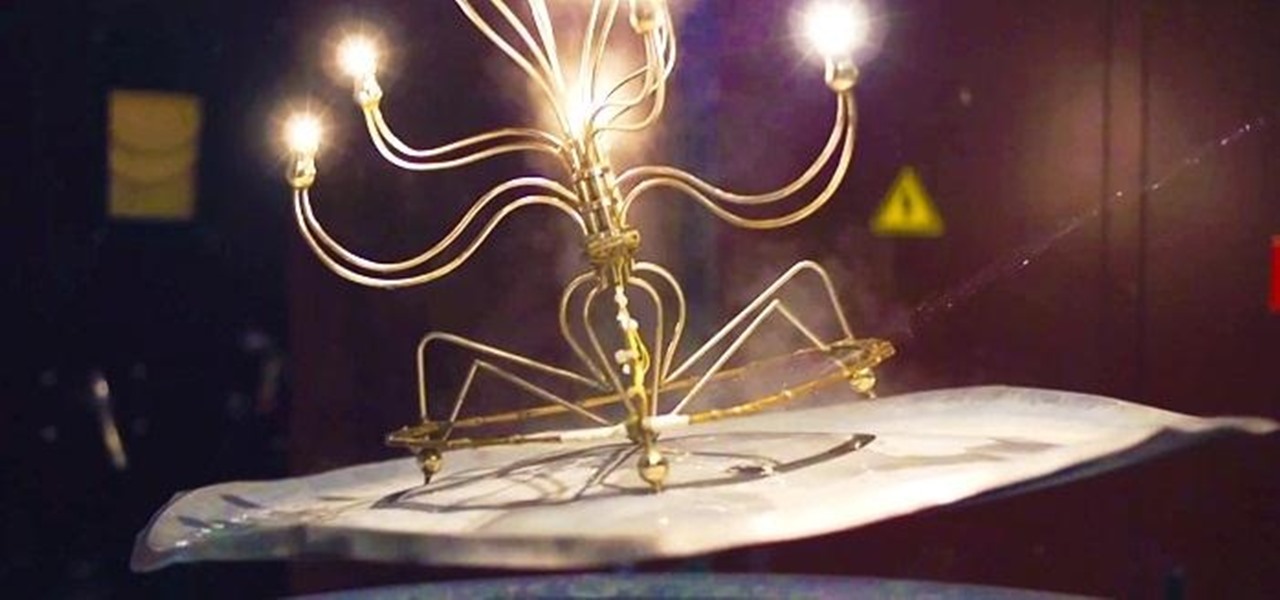
News: Fire Up the Levitating Barbie, It's Time to Cook with Electromagnetic Induction
Michael Faraday was awesome. He discovered electromagnetic induction, diamagnetism and electrolysis, and he invented the Bunsen burner (before it was the Bunsen burner). Because of his work, we can make suits that can withstand 1,000,000 volts of electricity and cases to protect our gadgets from nuclear attacks.







